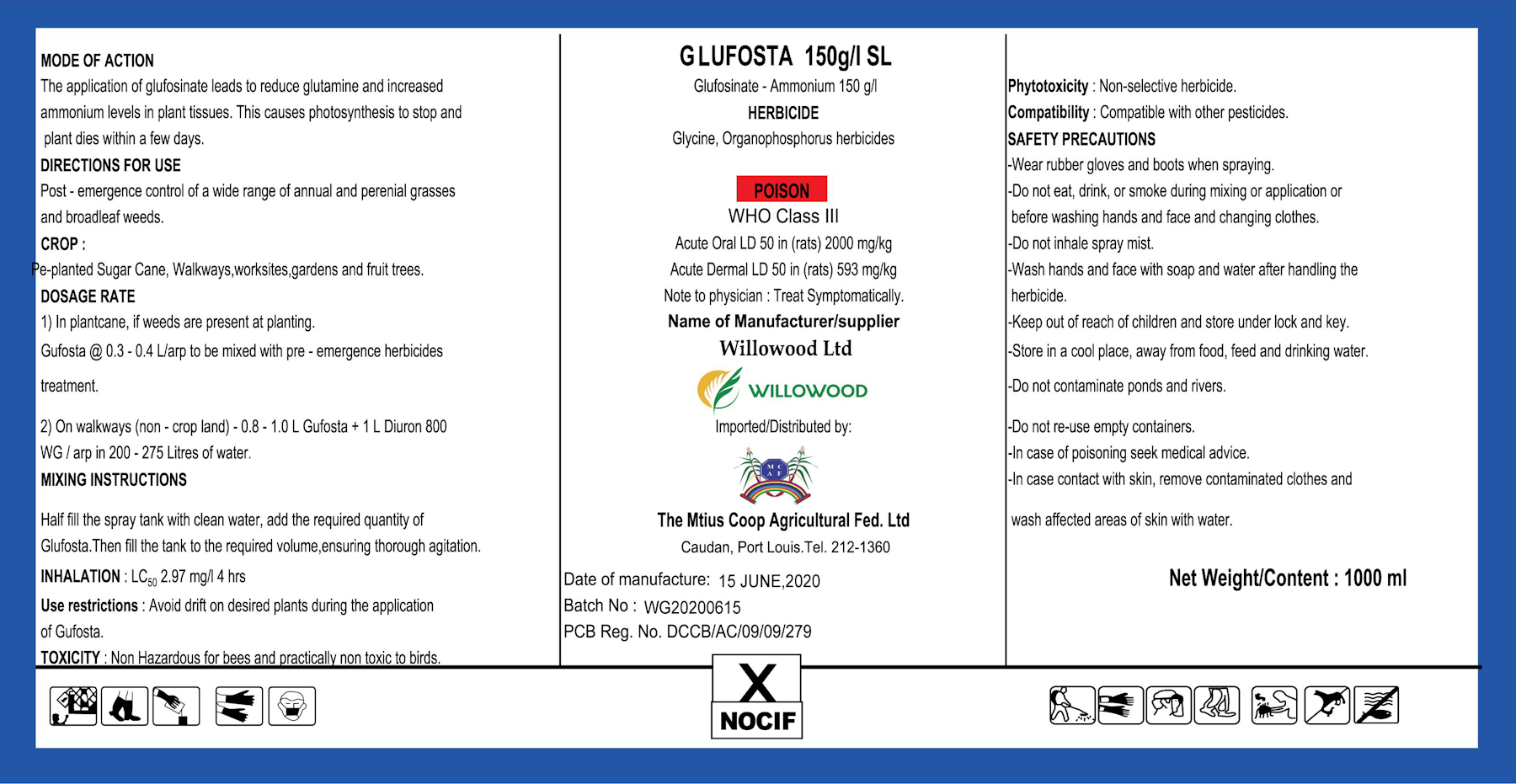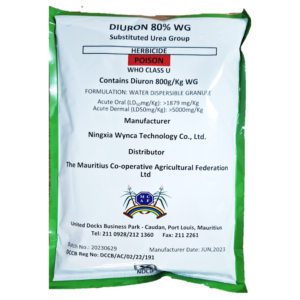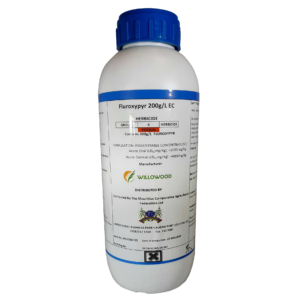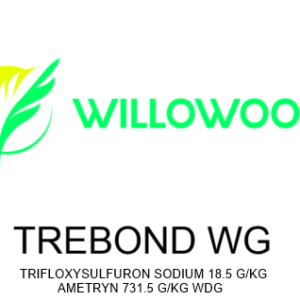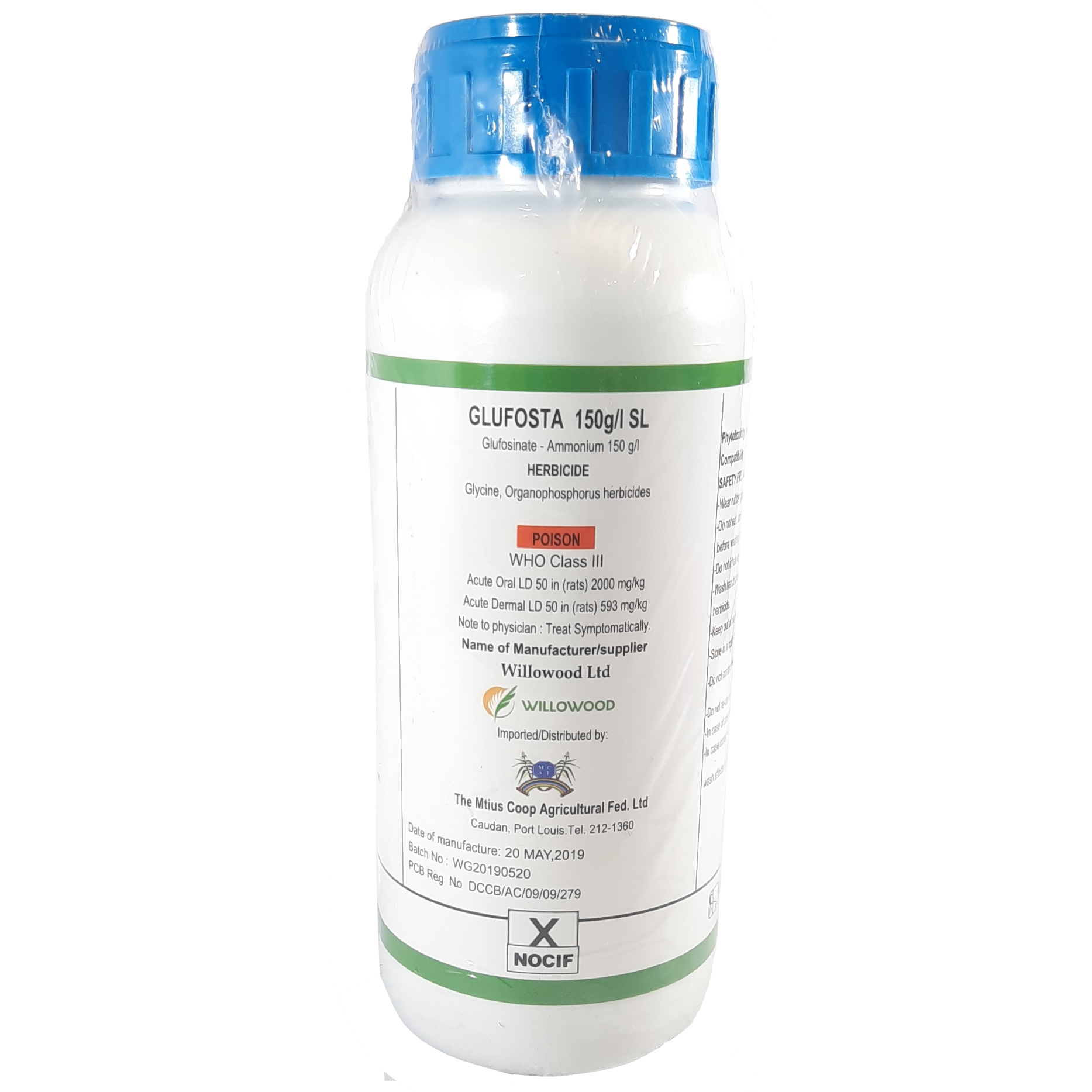
By Yannick Cornet February 16, 2023
₨500.00
Generic Name : Glufosinate Ammonium 150g/L
Active ingrediant: GLUFOSINATE AMMONIUM 150 G/L SL
Glufosinate chemically resembles glutamine, a molecule used to transmit nerve impulses in the brain. Neurotoxic symptoms observed in laboratory animals following ingestion, dermal exposure, or inhalation of glufosinate include convulsions, diarrhea, aggressiveness, and disequilibrium.
Out of stock
Description
GLUFOSINATE AMMONIUM 150 G/L SL [GUFOSTA]
Glufosinate chemically resembles glutamine, a molecule used to transmit nerve impulses in the brain. Neurotoxic symptoms observed in laboratory animals following ingestion, dermal exposure, or inhalation of glufosinate include convulsions, diarrhea, aggressiveness, and disequilibrium.
The broad-spectrum herbicide glufosinate ammonium is a structural analogue of glutamate and acts in plants by inhibition of glutamine synthetase leading to a complete breakdown of ammonia metabolism. Owing to the structural analogy of glufosinate ammonium to glutamate, its effect on various glutamate-utilizing systems needed to be investigated in mammals. Although in laboratory animals glufosinate ammonium causes an inhibition of glutamine synthetase activity in different tissues, this inhibition led to slight increases of glutamate and ammonia levels at high sublethal and lethal doses only. After oral administration for 28 days, glufosinate ammonium had no effect on glutathione and carbohydrate metabolism and no effect on biosynthesis of non-essential amino acids in rats and dogs. Glufosinate ammonium does not interfere with various neurotransmitter receptors in vitro and does not influence the catecholamine neurotransmitter tissue concentrations after iv application. The results of these studies show that–in contrast to the plant metabolism–in mammals the inhibition of glutamine synthetase activity in various tissues does not lead to a breakdown of ammonia metabolism. The mammalian metabolism obviously compensates for this inhibition of glutamine synthetase activity by various other metabolic pathways. It is concluded that under the conditions of recommended use of glufosinate ammonium as an active ingredient in herbicides, a detrimental effect on the health of both users and consumers is extremely unlikely.
Additional information
| Active Ingredient | GLUFOSINATE AMMONIUM 150 G/L SL |
|---|

